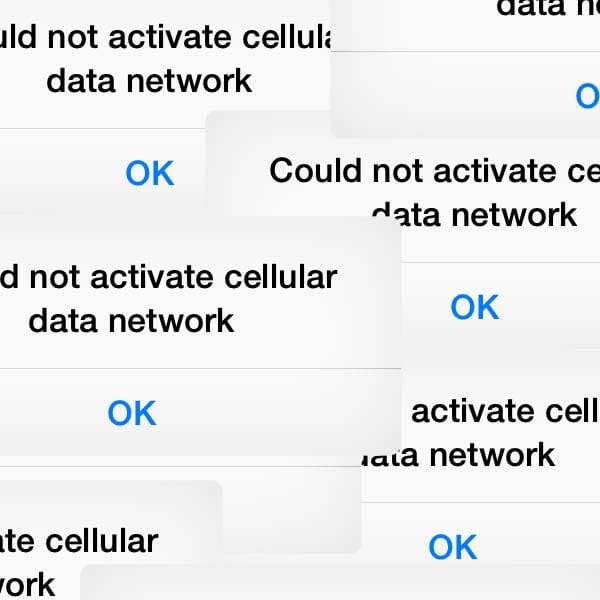For designer James Proctor, the abruptness with which our user interfaces signal a problem says a lot about the difference between technologists and the wider public. The subway doors close and I settle in for my commute home. I slide the phone out of my left front pocket and tap the ebook I downloaded earlier. Or rather,that I thought I downloaded earlier. Instead of the book, Safari opens an inscrutable URL and a spinning loading indicator appears. A few seconds later an alert pops up with a pleading message about the lack of connectivity. I should have expected it, but I'm annoyed anyway. Okay,you’re right modal alert, acceptance really is the only option in this situation. I soothe myself by reading an advertisement with a list of medical malpractice settlement values.
The alert dialog is a survivor. Usability experts admonish against its use, and real people find it confusing and irritating, when they don't simply ignore it. I happen to think that irritation is well founded, because interrupting someone in the middle of a task really is abrupt and rude. Despite all this, the alert has carried on. It's even persisted through the radical changes in interface design that came with the rise of new mobile operating systems in the last decade. The longevity of unfriendly interfaces like alerts is symptomatic of an ongoing difference in perspective between designers and their audiences.
The best word I can find for the origins of those differences in perspective is culture. The technical culture that the designer has learned through education or on the job means they're familiar with conventions and mental models that their audiences is not. Similarly, the cultural values of the organisation responsible for the project often dictate that simply making an interface work, rather than work well, is the first priority when deadlines approach or budgets shrink. The person who actually has to use the interface doesn't know, and shouldn't be expected to care about the technical considerations and practical constraints that shaped it, but these factors have an immediate effect on their experience. That's why it's important that we continually ask ourselves why we've made the choices we have, because even if the stakes seem low in the short term, the general public now relies on software tools for a tremendous and increasing number of tasks.
jamesmakes.com
James Proctor
…is a software artist and data visualisation designer. In his art practice, he writes and iterates on rules in code that guide the growth of a piece. The resulting images reflect the visual legacy of their predecessors, as well as the ordered patterns of the process that creates them. As a data visualisation designer, Proctor uses his background in art, psychology, and code to help others interact with and interpret information.
October 14, 2014 2 minutes read
Beyond Protocol
For designer James Proctor, the abruptness with which our user interfaces signal a problem says a lot about the difference between technologists and the wider public.

